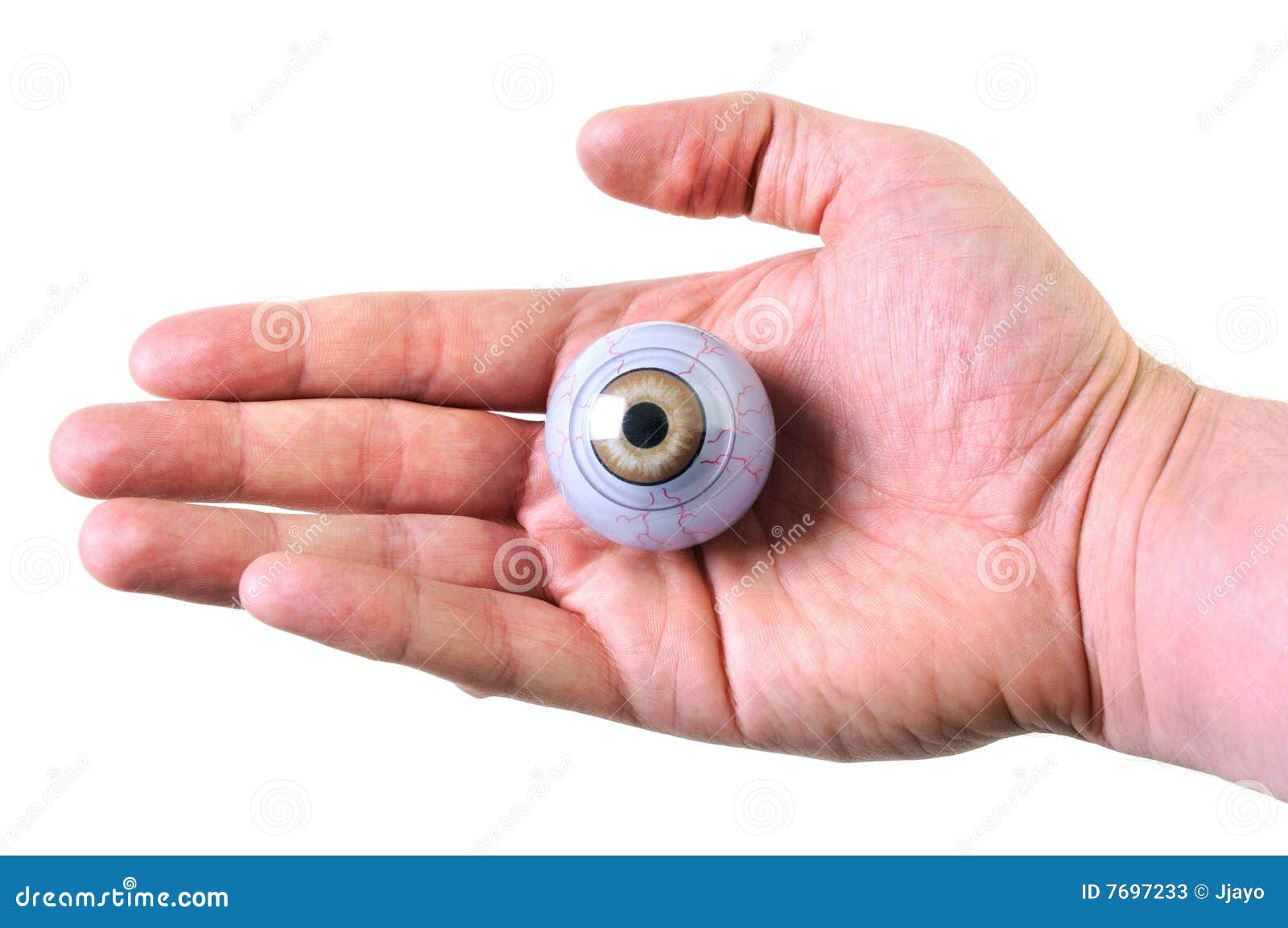

They also didn’t find a similar response in participants who scored high on measures of secondary psychopathy, but not primary psychopathy.Īn earlier study conducted by the same researchers considered the possible connection between psychopathic traits and pupil activity in 102 male and female university students. When looking at negative images or angry faces, participants with higher levels of primary psychopathy showed less pupil dilation than other participants.Įxperts didn’t notice any change in pupil dilation in response to the positive images, or any of the audio clips. They then showed participants a combination of images, video, and sound clips intended to provoke negative, positive, or neutral emotional responses. Secondary psychopathy traits refer to lifestyle-antisocial behaviors, such as lawbreaking, conduct problems, and impulsive or risky behavior.

Primary psychopathy traits refer to interpersonal-affective traits and behaviors, such as lack of guilt, low empathy, and a tendency to manipulate.Researchers started by measuring primary and secondary psychopathy traits in 82 male psychiatric hospital inpatients: Pupil responseĪ 2018 study explored the connection between psychopathic traits and pupil dilation in response to stimuli. Here’s a brief snapshot of their findings. Researchers have observed two main differences when comparing the eyes or gaze of people with traits of ASPD to people without those traits. That said, no scientific evidence to date supports any association between sanpaku and psychopathic traits. Someone’s habitual facial expressions can absolutely offer clues to their personality or mood. tendency toward angry or violent outbursts.Yang sanpaku, in particular, became associated with mental illness and psychopathic traits, including: His explanation, however, deviated somewhat from traditional face reading, as he suggested sanpaku had more negative connotations. George Ohsawa is generally credited with introducing the idea of sanpaku to Western society. In other words, you’re more likely to have a hard time managing unwanted emotions, which could negatively affect both your behavior and overall well-being. It’s said to suggest you face more of a threat from within. Traditionally, yin sanpaku suggests you may face some type of threat or danger from the world, or that you have a tendency to expose yourself to risks or danger. Sanpaku is further divided into two subtypes:

But if you also see white above or below the iris, your eyes are considered sanpaku - they have three whites. If you look at your own eyes in a mirror, you’ll see the whites (sclera) on either side of each iris, of course. Sanpaku, which means “three whites,” is one element of face reading. What about the so-called psychopathic stare? Is there any truth to the idea you can recognize psychopathic traits in someone’s eyes? Or is that just another myth? You’ll find an evidence-backed explanation below.Īccording to Japanese face reading, various elements of your face can offer insight on your personality, abilities, and experiences. These traits can certainly increase the chances of someone partaking in unlawful or harmful behavior, but they don’t necessarily make someone violent.

It’s a casual term for traits typically associated with a psychiatric diagnosis of antisocial personality disorder (ASPD). Yet psychopathy is somewhat more complex than these ideas suggest.įirst of all, psychopathy isn’t an actual mental health diagnosis. You might’ve even heard it’s possible to recognize a psychopath simply by looking into their eyes. Share on Pinterest Harpazo Hope/Getty ImagesĬrime dramas, thriller movies, and mystery novels have popularized psychopathy, contributing to plenty of myths around what it truly means.įor example, sometimes people use “psychopath” interchangeably with other stigmatizing terms, such as “evil,” “violent,” or “criminal.” Perhaps you’ve read psychopaths experience no emotions at all and care nothing for the consequences of their actions.


 0 kommentar(er)
0 kommentar(er)
